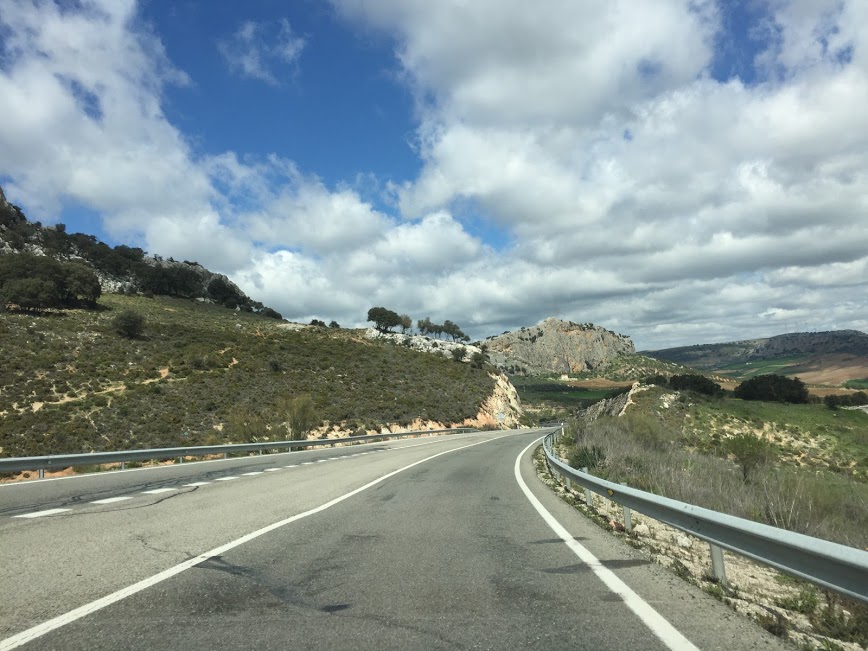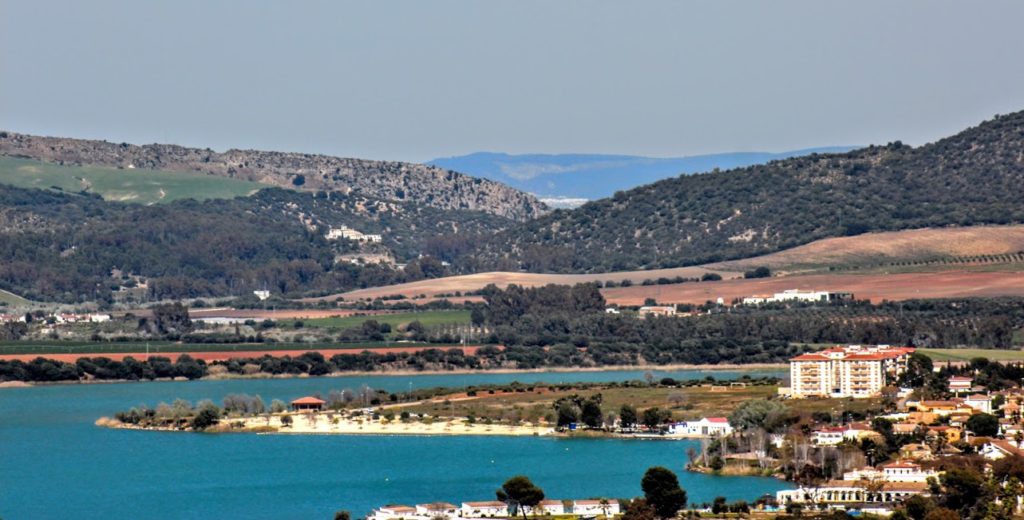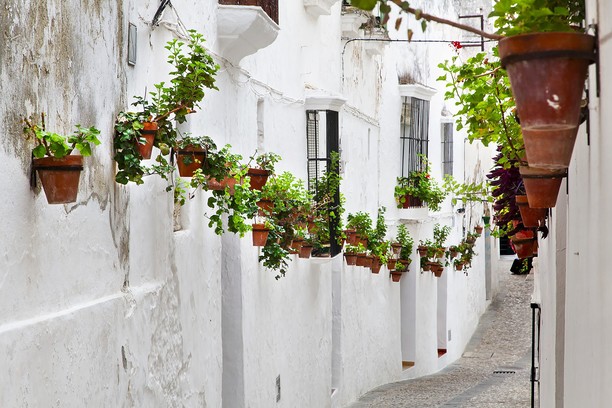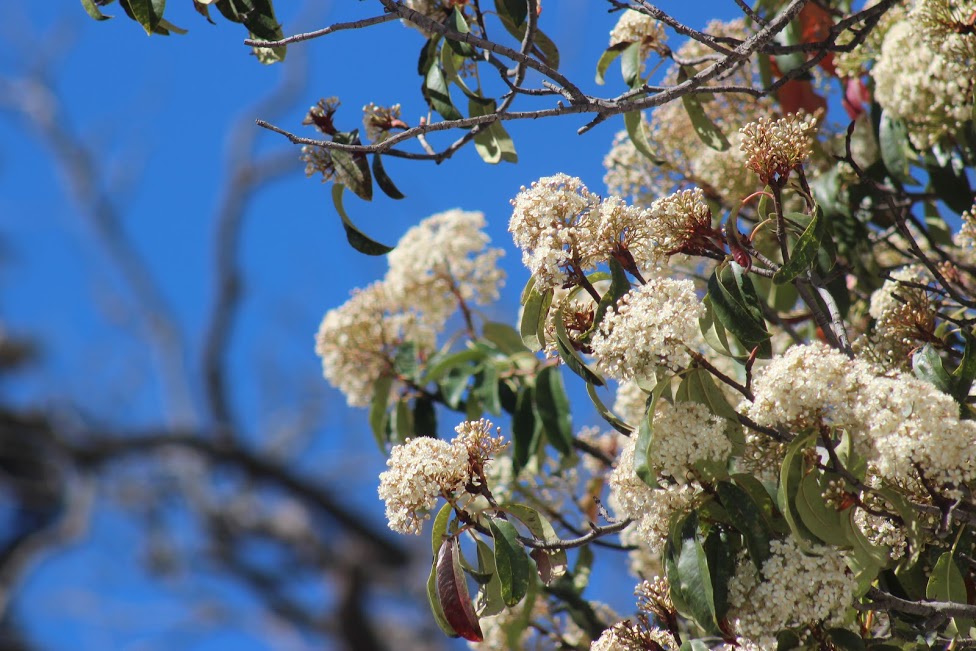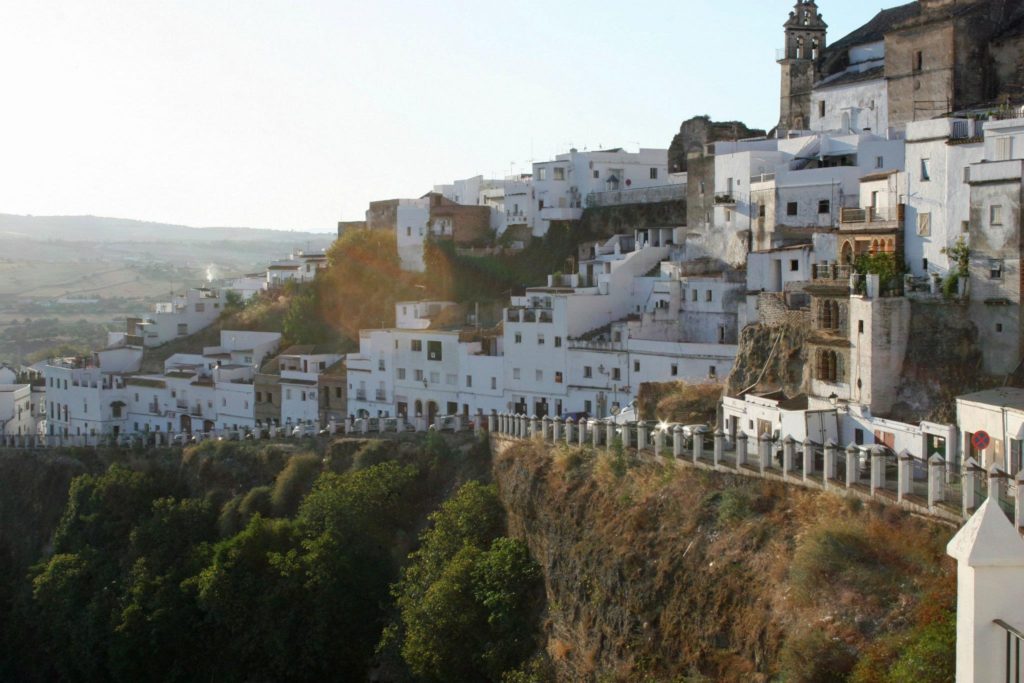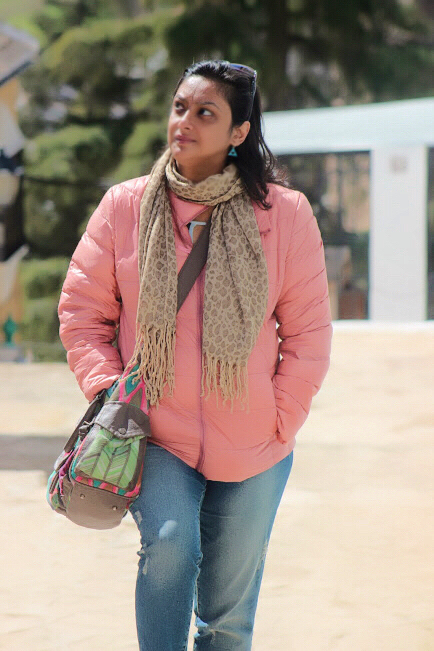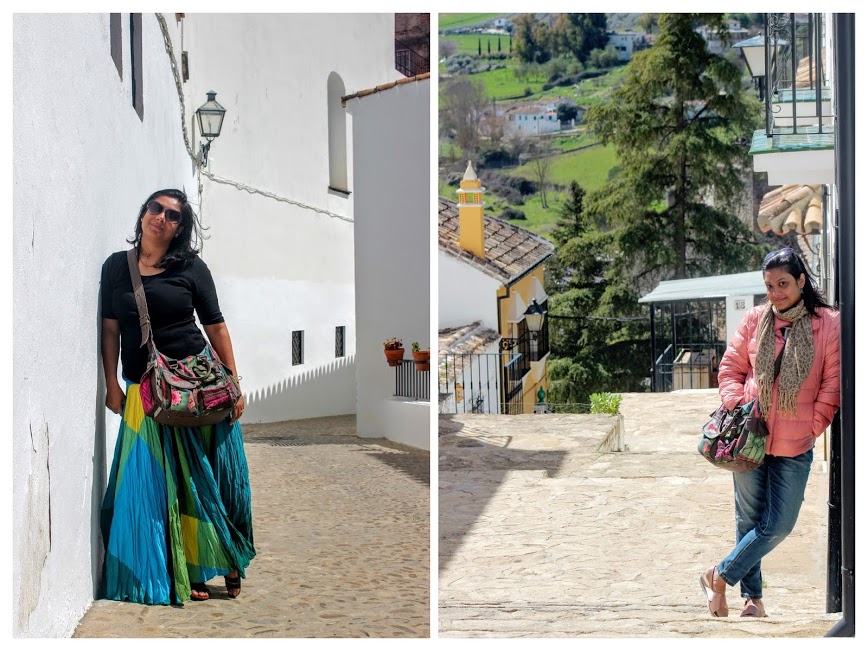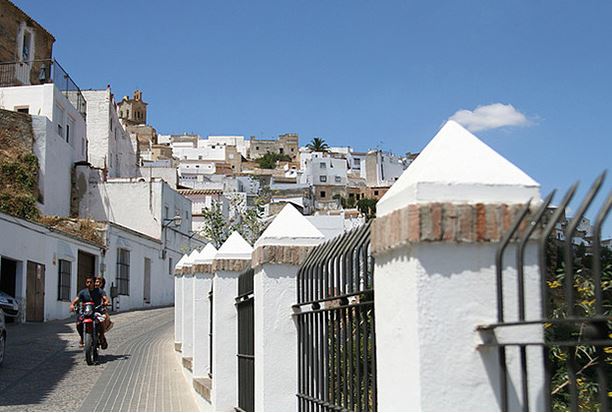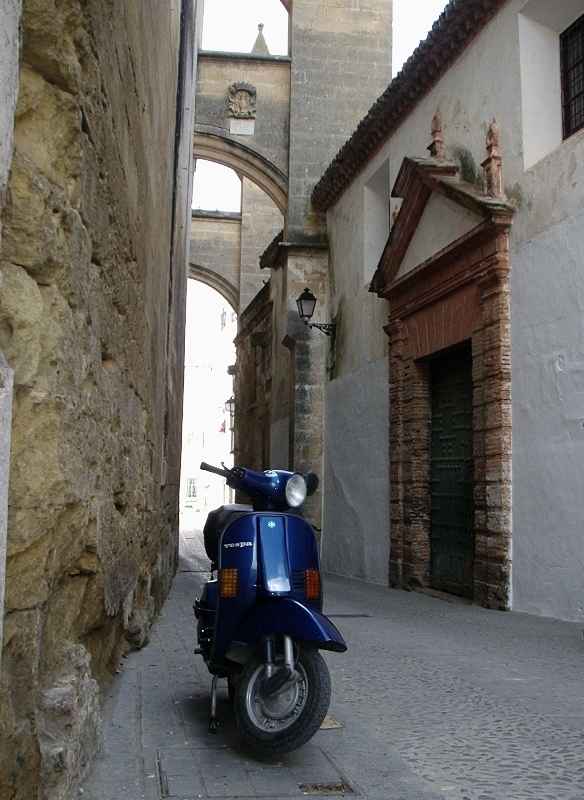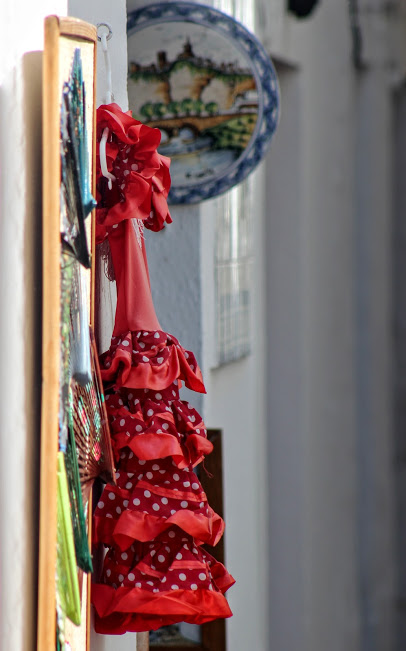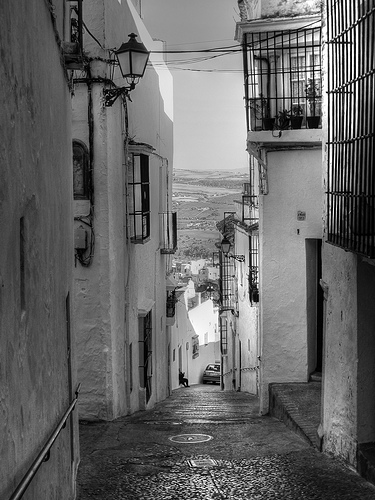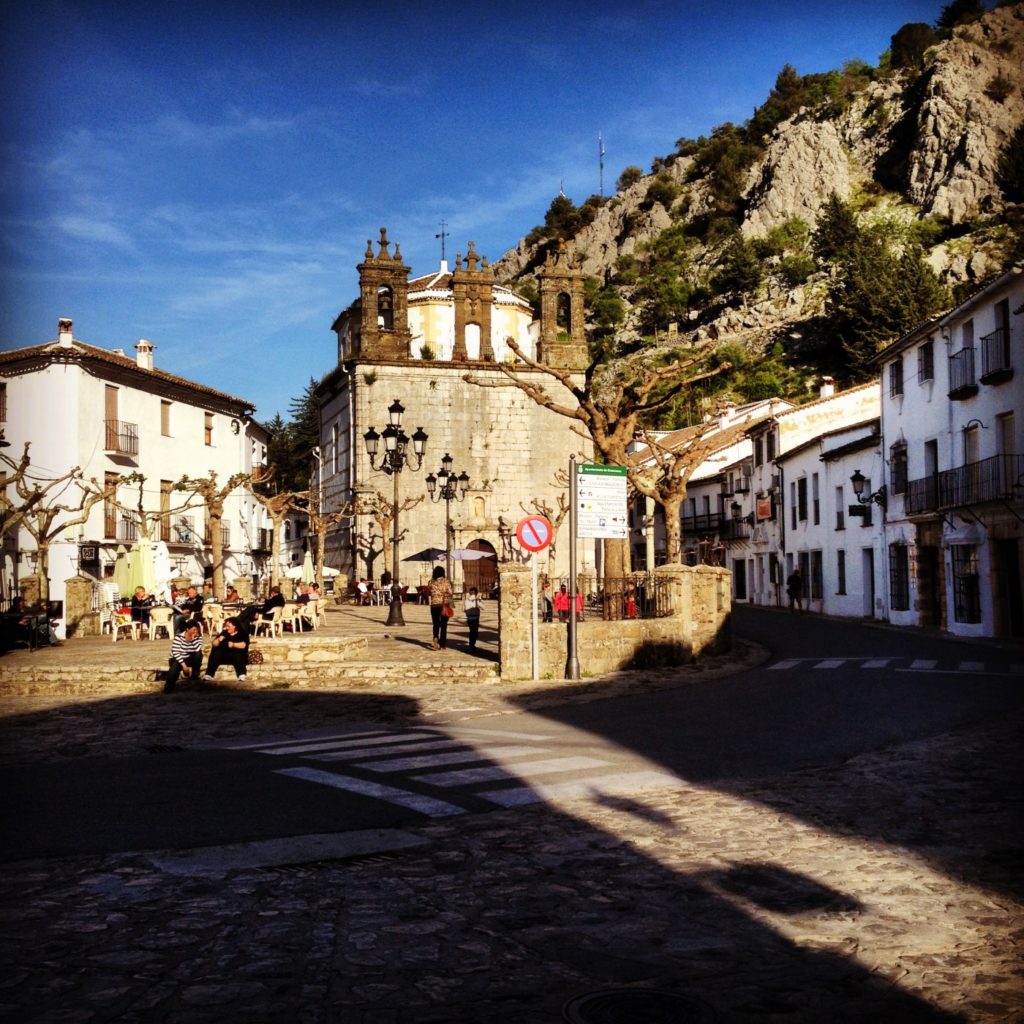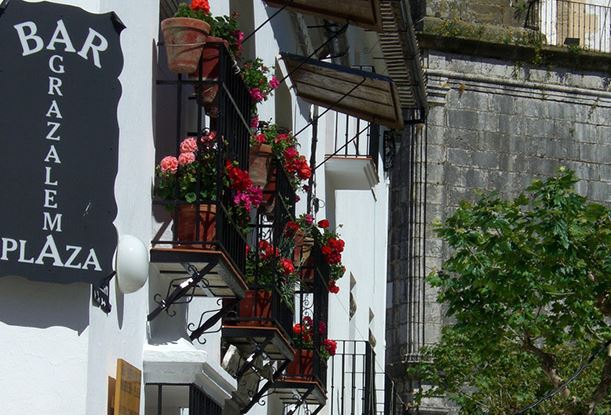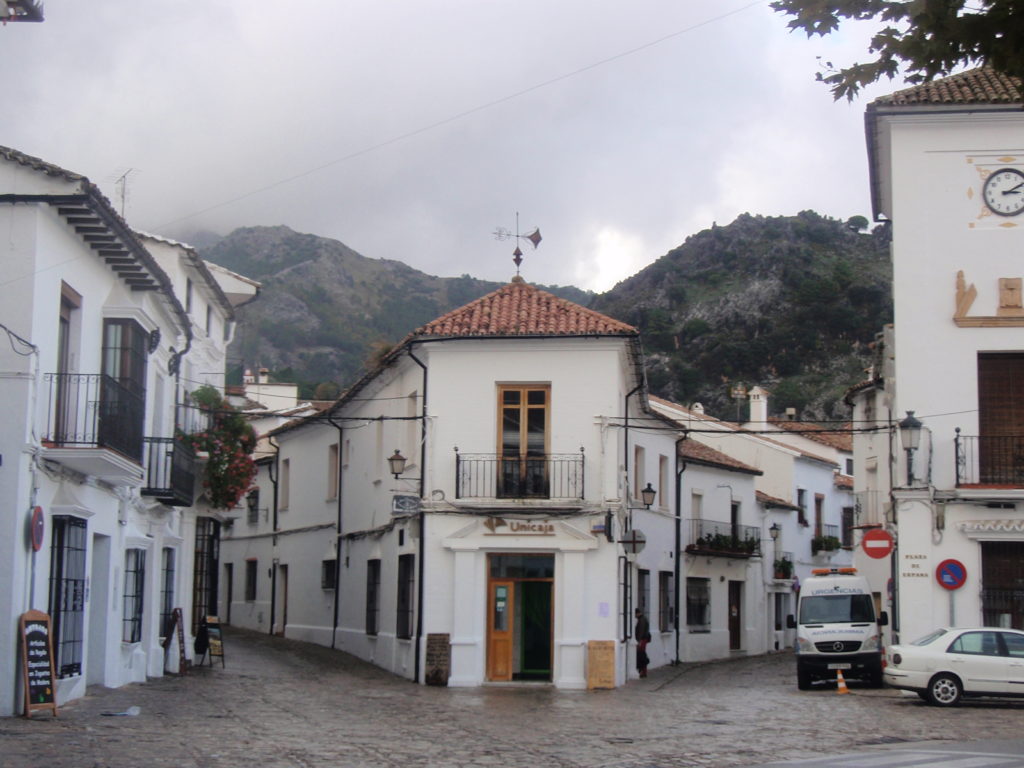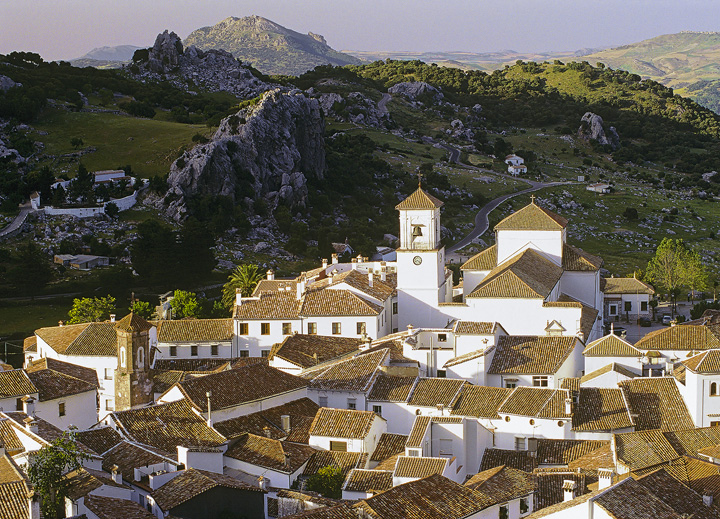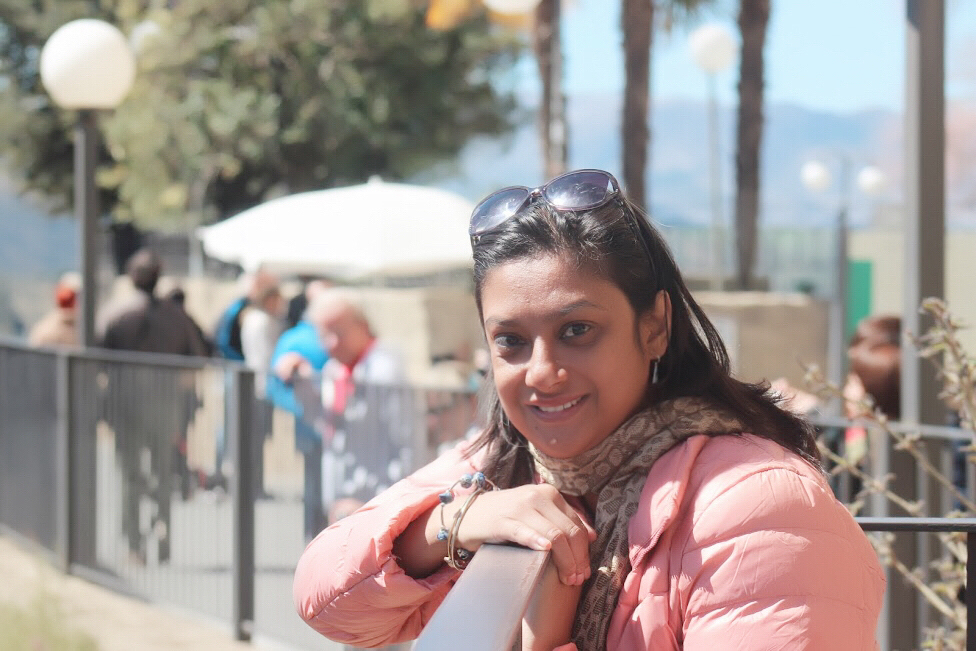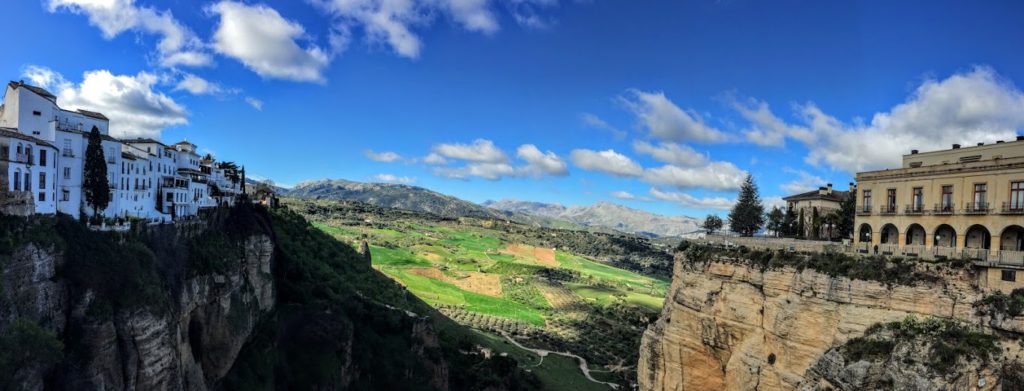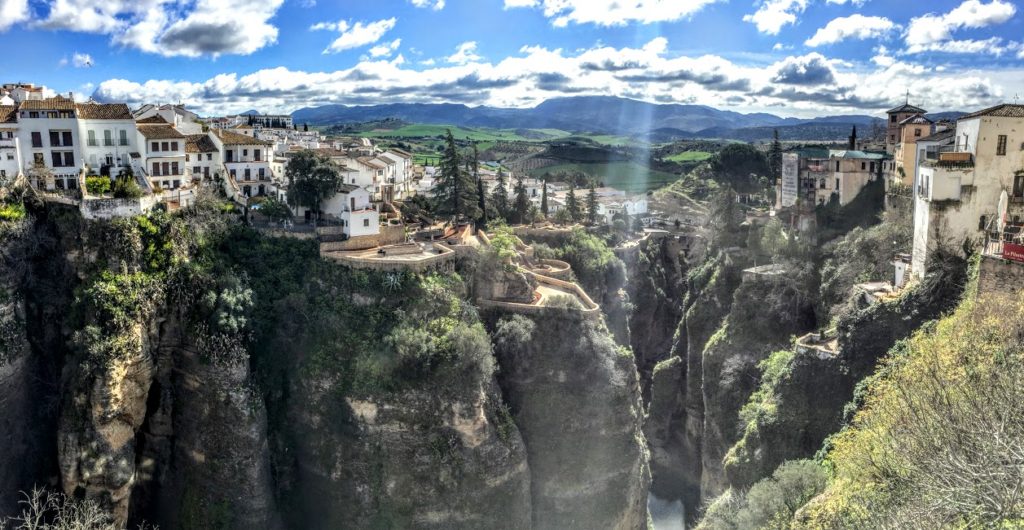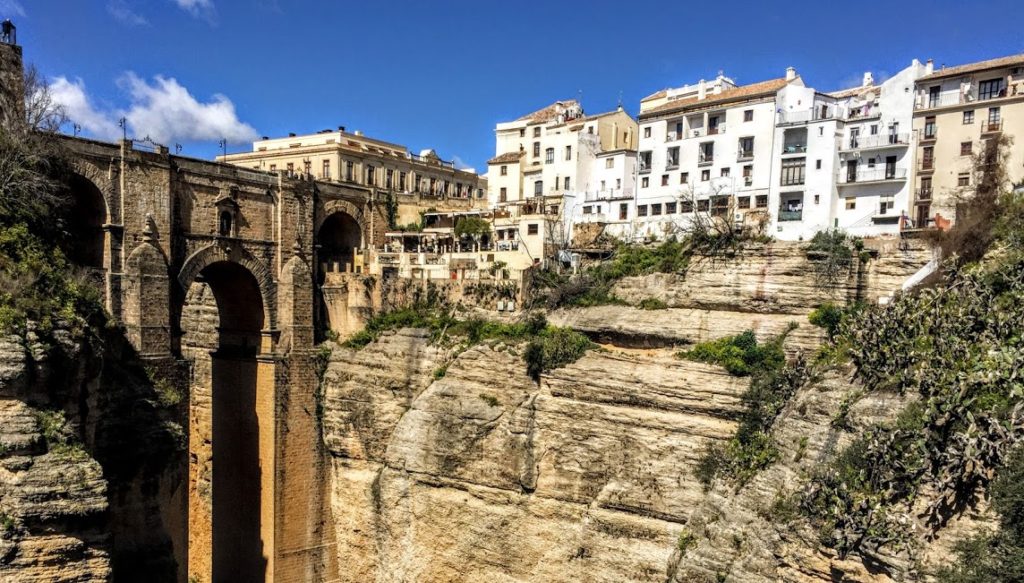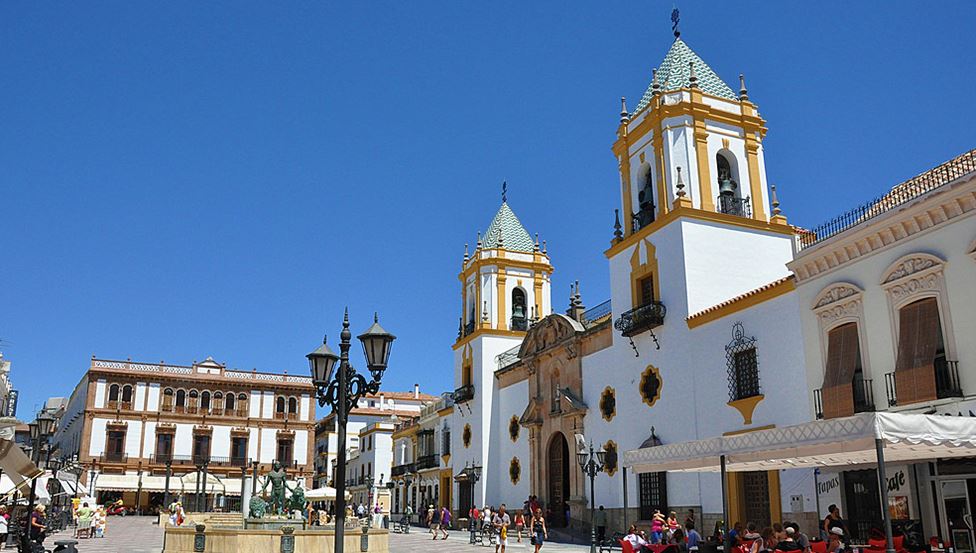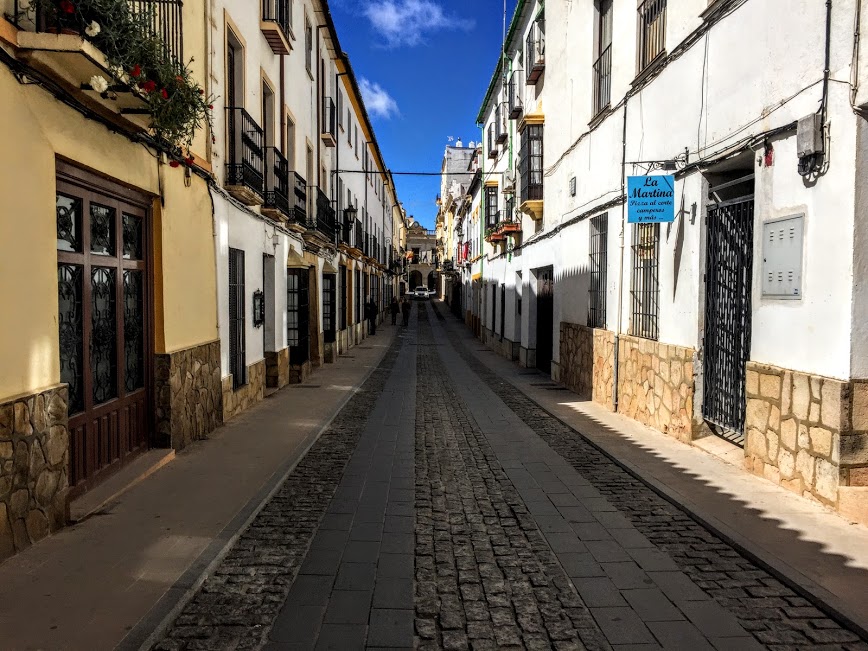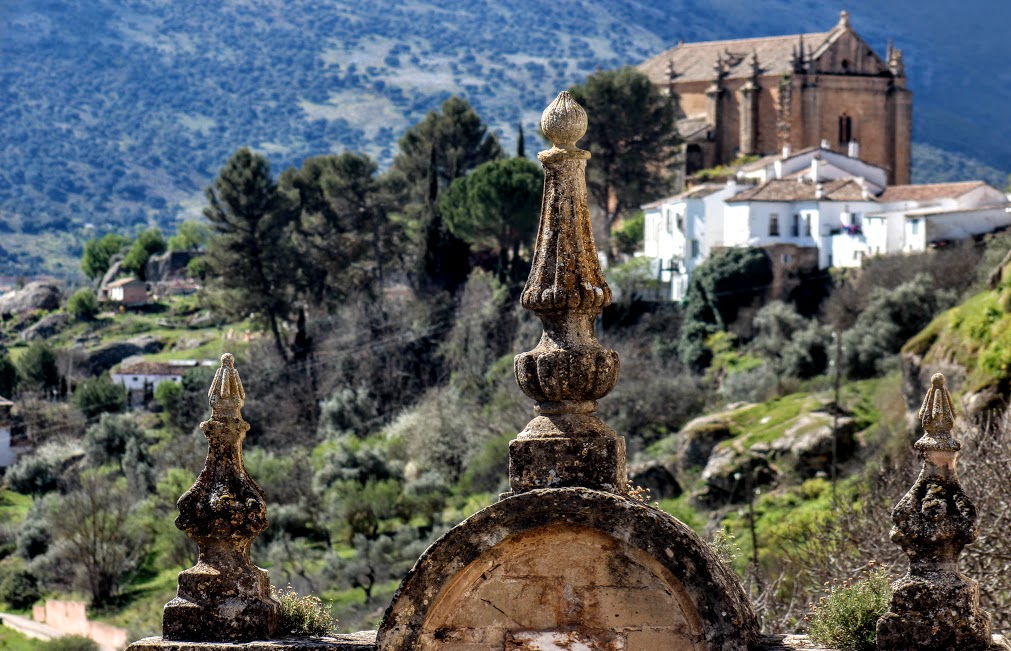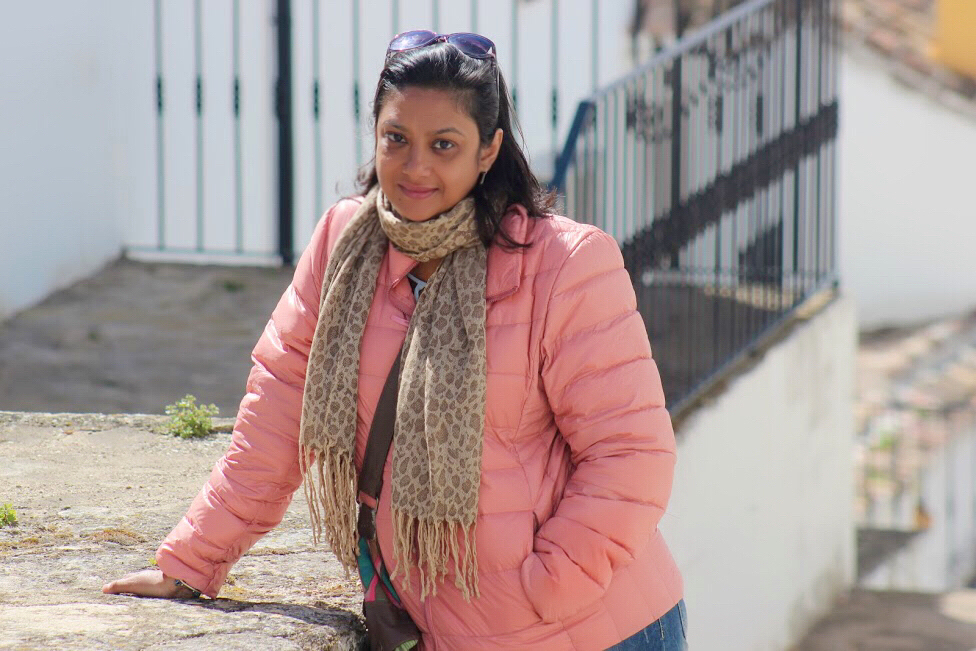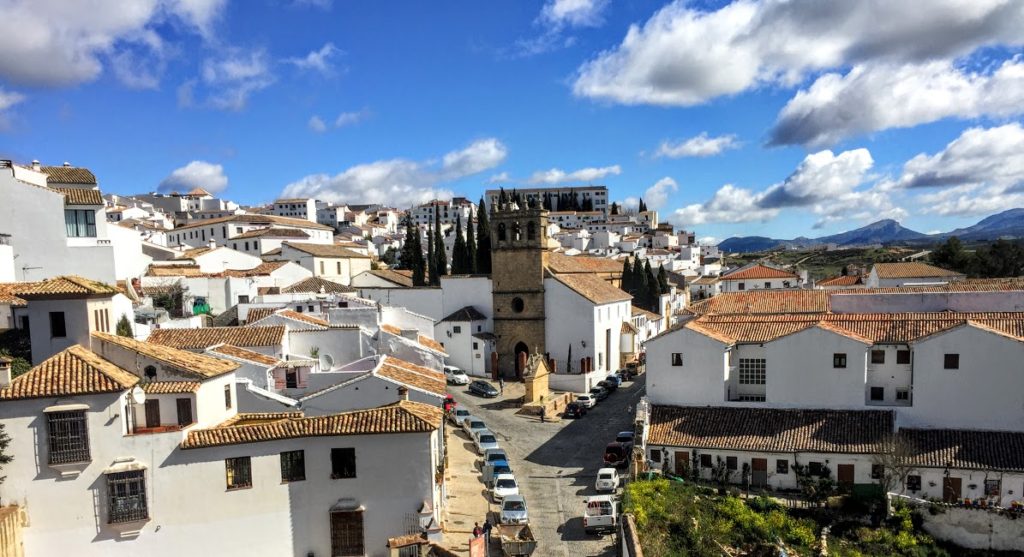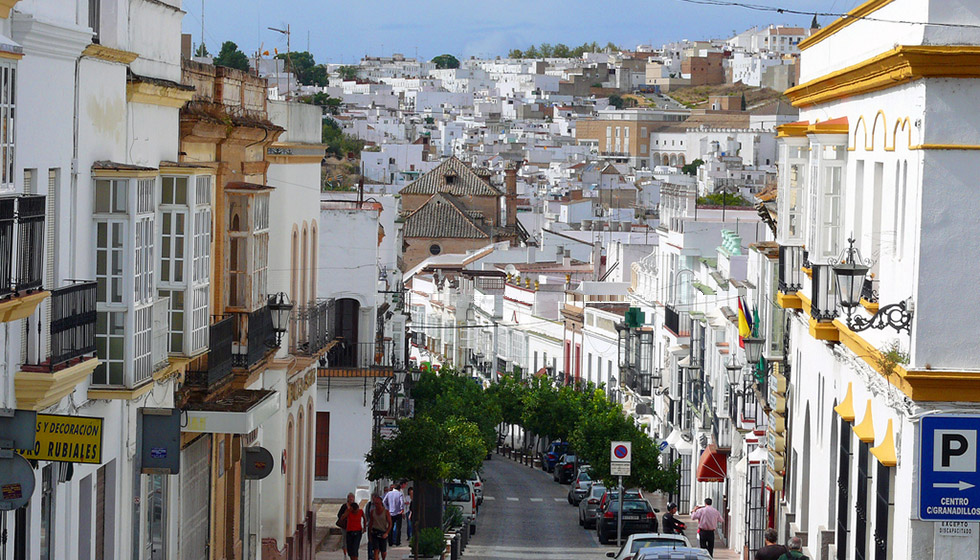Driving the roads that interlock the central Andalucían cities, ones flanked by endless fields of ornately positioned olive trees, majestic rugged mountains, limestone cliffs, white villages and slices of turquoise waters in between, you cant help but realize that there is something always more exciting and adventurous about exploring unknown grounds by car rather than trains or buses. Itineraries can be created at your own pace and comfort. And there we were….on our little road-trip in southern Spain!
Some are hidden in fog-shrouded mountain valleys, others look out to the Mediterranean, others still rule the farmland from atop rocky hilltops. From the road, all look like the perfect incarnation of the whitewashed southern European village fantasy, sprinkled with pale pink fruit tree blossoms and bright purple bougainvillea creepers in sprightly Spring. Within their cool, hushed alleys lie centuries-old monuments, many reflecting the region’s history as the last stronghold of Islamic domination in Europe before Christian armies reconquered it. All feature clusters of whitewashed houses, narrow, winding, cobblestone streets, and ornate churches atop cliffs and river gorges, and offer rolling views of the sierras (hills) below.
Sure, they’ve got charm, but here you’ll also find Andalusia’s famous sherries, miles of wildflowers and olive groves, and about 1000 years of history. While they all have different characters, the Pueblos Blancos share a common history: the transition between Moorish and Christian rule.
The Towns were originally built and settled by Berber farmers from North Africa who came to Andalusia between the 9th and 10th centuries, the early heyday of Moorish rule. While the Moors were in charge, these farmers peacefully worked the valleys; by the late 11th century, when the Christian Reconquest began to topple the Muslim kingdoms in Northern Spain, these farmers saw the logic of heading for the hills. Choosing the highest vantage points (some of which had already been the sites of former Roman settlements) and enclosing their streets of Moorish-style whitewashed homes in fortified walls, they found safety in their isolated pueblos.
But not forever: the armies of the Reconquest could be seen from the hilltops of the White Towns, but not ultimately stopped. And, so the Christians marched to their towns. And the rest, as they say, is (indeed) history. Every one of the towns today, has an ornate church, and in some cases, also a convent and/or monastery that has been built on the sites of former mosques.
Quaint little Arcos: The first glimpse of the Arcos (de la Frontera) clinging like snow to the crest of the sheer Peña Nueva cliff in the Cádiz Sierra mountains mesmerized me. The perpendicular rock face soared almost 90 degrees from the bank of the Guadelete River into a blue sky, patched with irrationally spectacular formations of clouds. Spread at its feet were green fertile plains stretching to the sea, and winding, serpentine roads .The stone walls of a castle and a church tower, both standing on this mountaintop since the Middle Ages, are clearly visible from the valley below. Driving from the new town at the bottom of the mountain to the old town at the top was alarming and heart-jerking with too many ‘ are you serious? ‘ moments in between, as our tiny car zoomed around hairpin turns on steep, narrow cobblestone streets, some only two yards wide. We should have probably parked our car at the bottom, and walked up. But Bengalis that we both are, who on earth would be prepared to schlep up a stone-paved hill, and along dipping, rising, narrow, winding streets to see what there is to be seen?
In other words, this was a good day for my friend to show off the power of her orange sneakers!! And every once in a while pinned herself against the white walls, her gracious swan like neck extended upwards…in oozy anticipation of that special someone to…
Arcos is one of those rare fairy-tale places that is much better than what you imagined. Green plains, austere beauty of the medieval buildings and colorful tiled courtyards filled with red geraniums. The view from the Plaza del Cabildo at the very top of town is staggering, across the broad, fertile river valley far, far below, celebrated in ancient ballads for its horses. To the other side, the ridge overlooks the Lago de Arcos .If you follow the aromas, like we did you will end up in quaint little restaurants serving local specialties such as salmorejo, chorizo and paella. A month after I made my sojourn to Arcos de la Frontera, partly bounded by the Guadalete — named for the mythical Greek river of forgetting, I still cant explain how unforgettably pretty this little village is! We prayed that someone would hopefully open their door and we could politely glimpse their narrow, colorfully-tiled entrance and shaded inner courtyard full of potted plants. Instead, we saw the home entrance of a young local couple, arguing out in the street possibly over who was going to park the car after having been to the market! Spaces are at a premium in this small, ancient layout, you see. Its founding fathers could never have imagined automobiles, so its residents risk scraping their own on stone walls every day…but when you drive a car through these roads and spot a vespa or two in these alleys, it makes it more believable!
Bonny Grazalema: In between Arcos and the next town, we stopped at Grazalema and for a coffee and a chocolate croissant. Inspite of its size Grazalema actually feels like a small town. Maybe that is because of its relative isolation from other towns and villages. It is, of course, a village. But what a pretty village! The sleepy village of Grazalema, nestles in a high altitude valley beneath a giant lump of limestone called Peñon Grande. It may be sleepy but the location is all drama. And the village square, the largest and the first you encounter( rounding up as your car park) is the tiniest piece of charm I have encountered. It contains Grazalema’s biggest church and is strewn with tables and chairs placed by the adjacent bars and cafés. We Bengalis love this kind of ‘free’ sunny balconies! A perfect place for an ‘adda’.
The streets aren’t too wide, houses have handsome fronts and the old mansions look very solid and affluent with their colourful tiles, ornaments and potted plants. Sitting around all of this undoubtedly made it into our favourite sun-trap during our trip! Just at the corner of the square, is the Sabores de Grazalema. The little tuck in of a shop is a treasure trove of Spanish hams and other cured meats, along with fruit conserves and chutneys and even honey from the Sierra de Grazalema. From sipping a cup of tea in Dolly’s Tea Shop in Kolkata, to a cappuccino in Grazalema, we have come a long way, Mst!
(Gorge)ous Ronda: To ask whether the Andalusian town of Ronda is spectacular is somewhat akin to asking if Julia Roberts is a pretty woman!
Perched on an inland plateau riven by the 100m fissure of El Tajo gorge, Ronda is Málaga province’s most spectacular town. It has a superbly dramatic location, and owes its name (‘surrounded’ by mountains), to the encircling Serranía de Ronda. Reminiscent of Roman architecture, the Puente Nuevo was considered an engineering marvel in the 18th century, neatly closing a perilous gap over the 330-foot deep Tajo Gorge. Sadly, the bridge’s architect fell to his death here during an inspection; he would be joined by many hundreds of people from then on. This was a popular spot during the Spanish Civil War from which to throw dissenters on either side of the battle.
Its existing old town, La Ciudad (the City), largely dates to Islamic times, when it was an important cultural centre filled with mosques and palaces. Its wealth as a trading depot made it an attractive prospect for bandits , and the town has a colourful, notorious and romantic past in Spanish folklore. Imagine how else will a village with limited real estate possess a museum dedicated to bandits! We didn’t visit that. But what is more note worthy is the Parador in which we stayed. A new term I learnt while planning for this trip- The paradors of Spain. In 1910 wheels were set in motion to develop a state-run hotel network in Spain to accommodate travellers and holidaymakers and to improve Spain’s image globally. Most are set in historic buildings of historical significance such as castles, palaces, convents, monasteries, fortresses and hospitals, so its not at all difficult to romanticize about the grandeur these buildings would have possessed in its working days!
So what if the Parador de Ronda didn’t give me a room with the view of the gorgeous gorge.. ? Late at night when the midnight sky with the sparkling stars were just about to make me go “wow”, I heard the clink of an eatery being cleaned down below. I peek. And, right below my balcony is the place from where I just returned after a spectacular Allegria being performed by Edward, Matilda and Molina.
At shut down, when guests have left and the place is being cleaned up, floats in strains of haunting music. Music made by musicians for themselves. The real kinds. Edward’s playing the guitar as if he is possessed. Matilda dances with the passion that only gypsies can show. And Molina has a voice that can either drown you in her sorrow or make your heart prance in joy like a child.
So…if that was my lullaby to sleep that night, from down below from El Quinque, who am I to complain?
Whilst it only had been a fleeting visit to a region whose history might probably take the duration of another millennium to unravel, I left feeling as though hundreds of stones had been left uncovered.
But while time marches on and modernity continues to encroach all living traces of once prominent history, one can’t help but feel Andalucia’s antiquity will always live on through the ancient secrets that lurk at every corner of its dated cities…

Sambrita Basu is a food-fascinated travel writer and photographer based out of Bangalore India. A background and a degree in hospitality and restaurant management paved her interest in food. As the secretary of the institution’s editorial club, she contributed regularly and wrote about food in their annual magazine, A la Carte.
Sambrita has published interviews of celebrity authors and business veterans in international publications like Infineon. Her contributions also include photographs on foods and restaurants of Bangalore for DNA—a leading newspaper publication in Bangalore. Sambrita’s creative expressions transport readers to alleys, hotels, hide-outs, restaurants, attics, and spice markets in several cities across the world.
Sam (as she is popularly known by her friends and family) doesn’t write for a living, but she lives to write.

